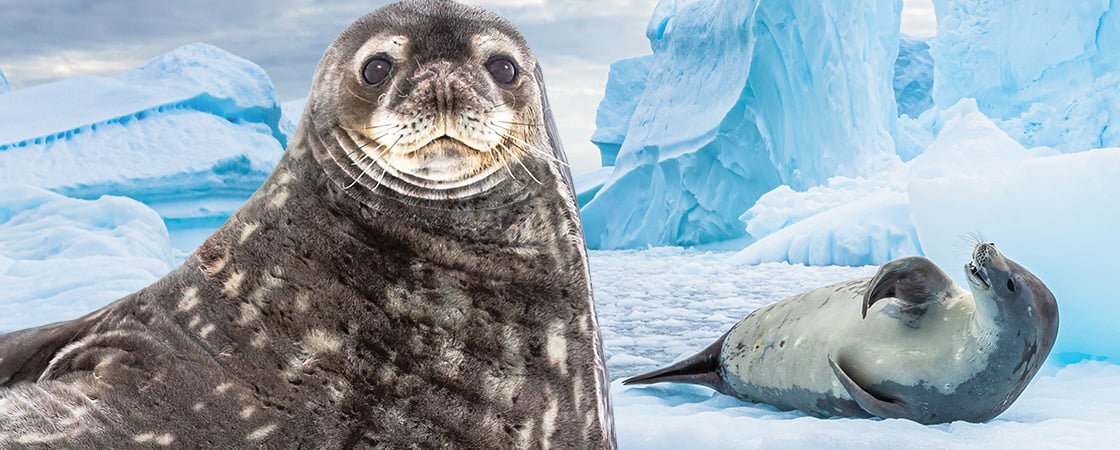You’re going to read an article about the coldest and driest place on Earth: Antarctica. Antarctica is where the South Pole is. When you look at a map of the world, you’ll see Antarctica on the bottom. How much do you know about this land of ice and wind? Take this quiz to find out. (Don’t worry if you don’t know the answers. By the time you’re done, you’ll be an expert!)
You’re going to read an article about the coldest and driest place on Earth: Antarctica. Antarctica is where the South Pole is. When you look at a map of the world, you’ll see Antarctica on the bottom. How much do you know about this land of ice and wind? Take this quiz to find out. (Don’t worry if you don’t know the answers. By the time you’re done, you’ll be an expert!)

